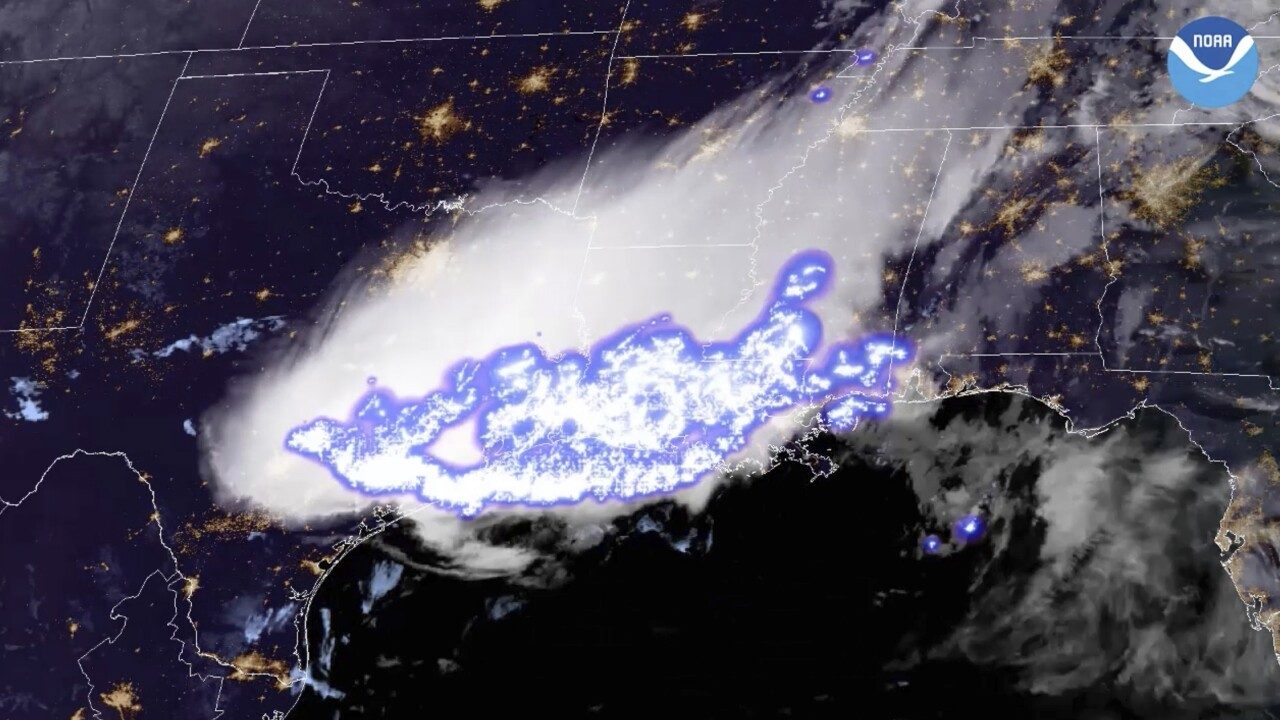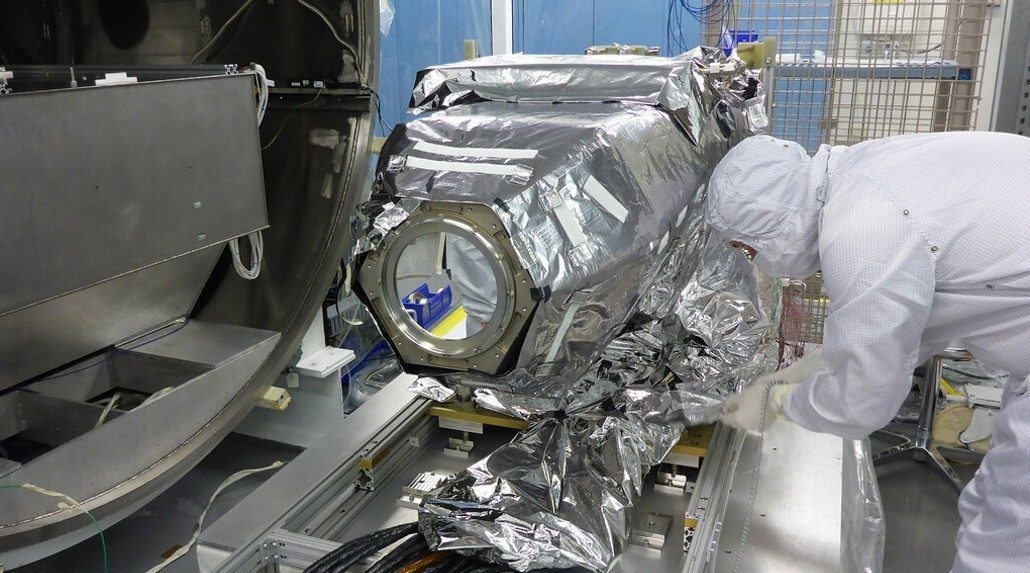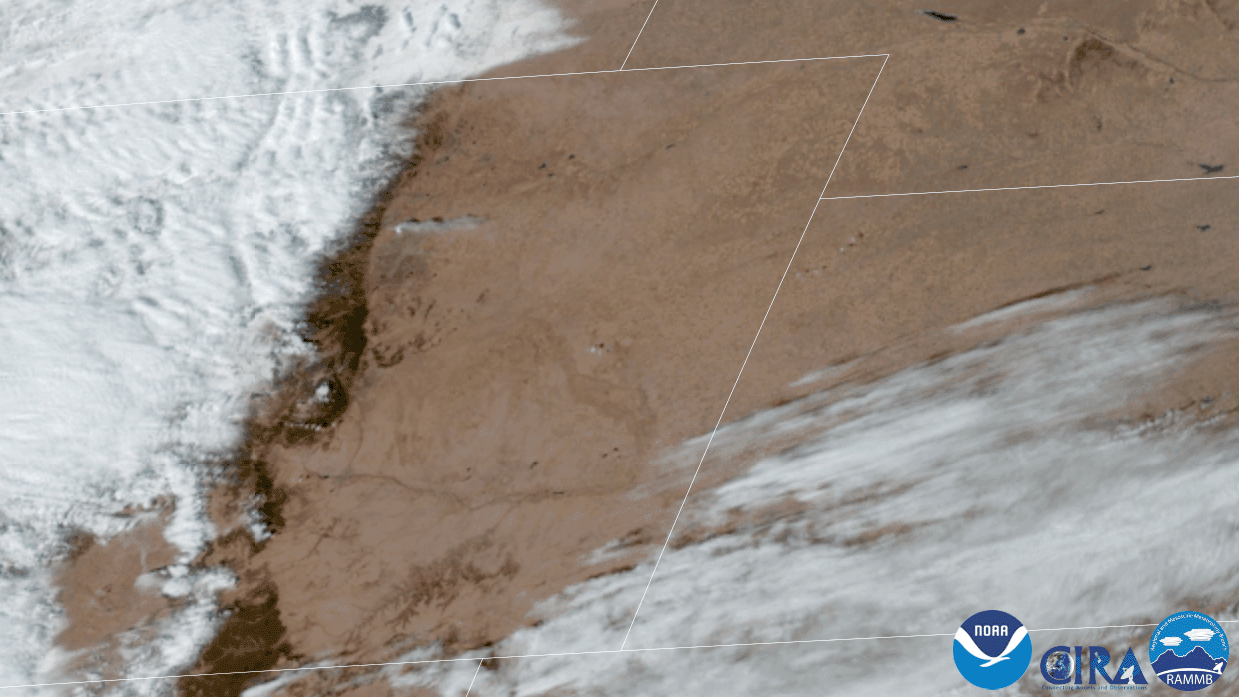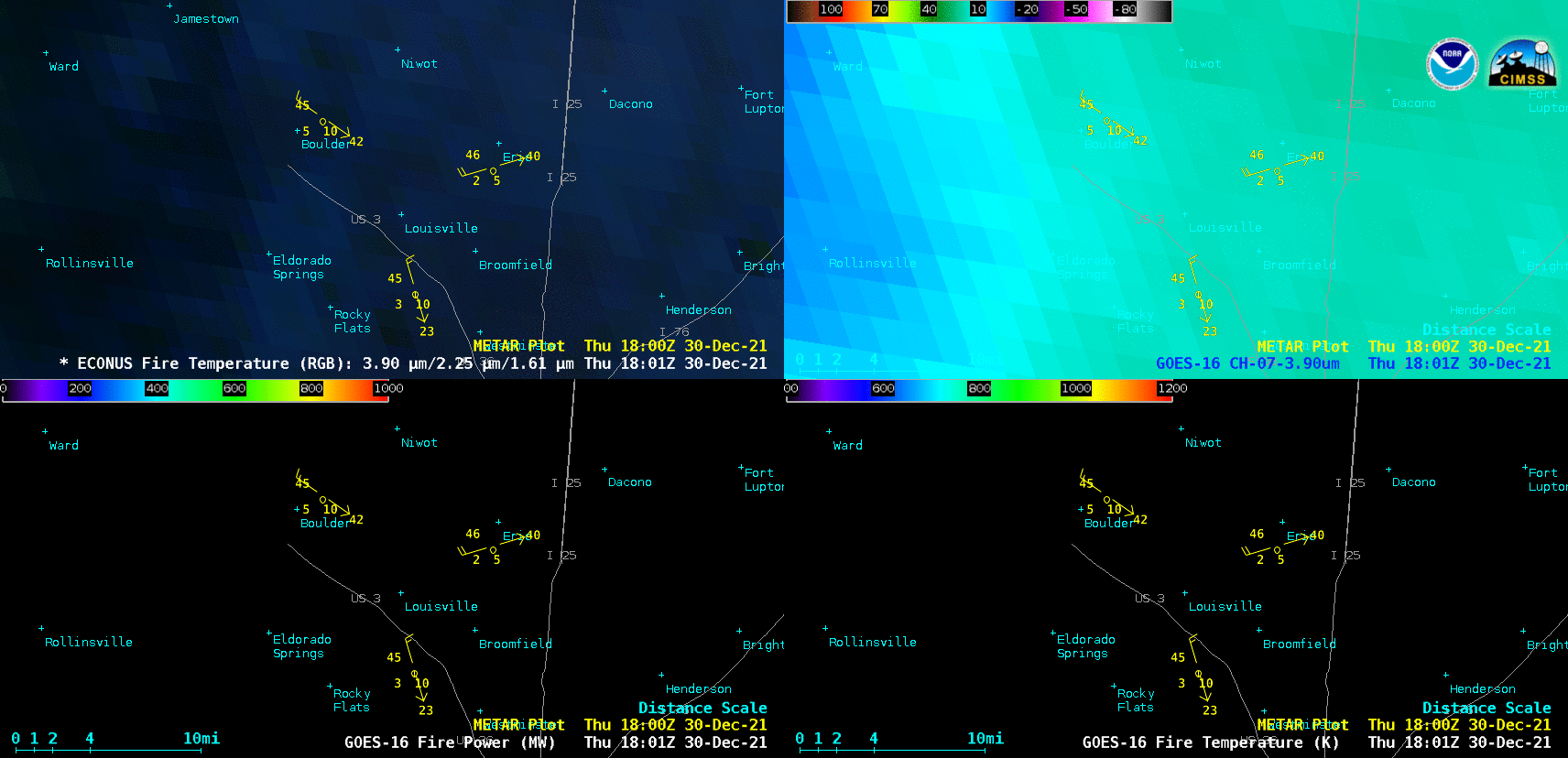When it comes to weather observation and forecast accuracy, reliability and technological innovation are key to providing timely and potentially life-saving data that directly affects the public. The National Oceanic and Atmospheric Administration’s (NOAA) next state-of-the-art weather and Earth observation satellite in the Geostationary Operational Environmental Satellite series, GOES-T, is about to embark on its mission—joining its fellow GOES-R series of spacecraft already in orbit to ultimately provide complete weather and climate coverage for more than half of the globe.
Jagdeep Shergill, GOES-R Series program manager at Lockheed Martin said, “Our mission on the GOES program is to protect life and property by providing advanced real-time monitoring of weather, oceans and climate.”

Instrumental Mission
One of the upgraded technologies flying aboard the spacecraft is the geostationary lightning mapper, GLM, that looks down at Earth and takes images of lightning strikes that occur—not just the lightning that we see going from the clouds to the ground, but also cloud-to-cloud lightning. Shergill said, “GLM is a Lockheed Martin-produced instrument and its data has proven to be very important indicator in predicting the severity of storms well in advance of the storm’s landfall.” The data from the GLM can help forecasters focus on severe weather systems before they produce high winds, hail or even tornadoes.


Making an Impact

GOES-16 GeoColor imagery of the Marshall fire in Boulder, CO. Dec. 30, 2021

Four-panel imagery from GOES-16 showing fire temperatures.
One Day at a Time
Building a spacecraft is a feat on its own, let alone when working through the challenge of a global pandemic. As program manager for GOES, Shergill was faced with the additional task of managing remote and onsite teams. “Half our team went to remote, virtual environments while the other half—the team that actually builds and tests the spacecraft—had to stay on site to be able to do their work,” Shergill said. “Managing the team through that kind of transition and still being in it two years later as we’re getting ready to launch the spacecraft has been an unexpected challenge.”
Collaboration and flexibility were key to the successful development of the GOES-T satellite. “It’s a real feat of engineering, ingenuity and determination that we have gone through to get to this point,” Shergill said. “It helped us see how capable we really are as a team, working together virtually and making it come together for our customer without any negative impact to the technical integrity of the mission or the overall schedule to meet our mission. I’ve been very proud to see how our teams worked to get through this challenge safely.”





